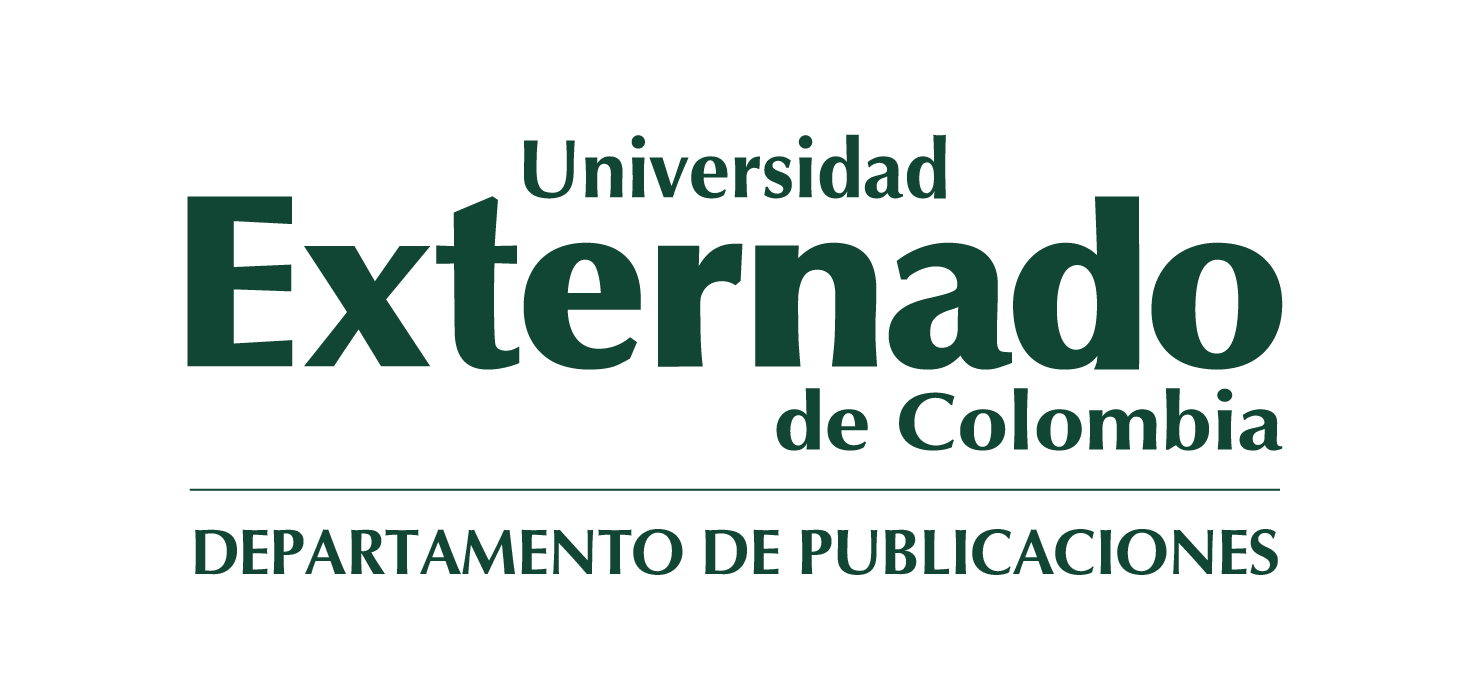A practical materials development guide for EFL pre-service, novice, and in-service teachers
This book is a practical guide for pre-service, novice, and in-service teachers who wish to improve both their students successful learning and their teaching practice through materials development. It is the authors intention to encourage you to go on this journey by reading the content and doing all the suggested activities in each subsection prior to starting developing your materials. This way you will be able to gradually learn the knots and bolts of materials development and savour the rewards in terms of successful learning and teacher development. The book has been divided into four chapters. The first one focuses on the importance of materials development and deals with the concept, of materials development, the role of innovation in materials development, and materials development for teacher development. The second chapter discusses the role of motivation, affection and teachers beliefs in materials development. The third one provides the reader with a theoretical framework for materials development, particularly some practical hints to either create or adapt didactic material. The fourth chapter offers a set of sample units / workshops that the authors have designed for the English as a Foreign Language (EFL) classroom. The last section of the book deals with the conclusions.The book has been divided into four chapters. The first one focuses on the importance of materials development and deals with the concept, of materials development, the role of innovation in materials development, and materials development for teacher development. The second chapter discusses the role of motivation, affection and teachers beliefs in materials development. The third one provides the reader with a theoretical framework for materials development, particularly some practical hints to either create or adapt didactic material. The fourth chapter offers a set of sample units / workshops that the authors have designed for the English as a Foreign Language (EFL) classroom. The last section of the book deals with the conclusions.
eBook
Impreso
-

-
Astrid Núñez Pardo
-
Astrid Núñez Pardo, docente investigadora de la Facultad de Ciencias de la Educación de la Universidad Externado, fue galardonada con el Premio Clare de Silva, otorgado por la Asociación Colombiana de Profesores de Inglés (ASOCOPI) en el marco de su congreso anual.
-
-

-
María Fernanda Téllez Téllez
-
Doctorado Universidad Pedagógica Y Tecnológica De Colombia - Uptc - Sede Tunja Doctorado en Educación Enerode2015 - Febrero de 2022 Prácticas Pedagógicas de los Maestros de inglés: La auto confrontación para la reflexión sobre la acción Maestría/Magister UNIVERSIDAD EXTERNADO DE COLOMBIA Maestría en educación Juniode2005 - Junio de 2008 Una mirada hacia la competencia argumentativa en lengua extranjera a través del debate de temas de interés social en el aula Pregrado/Universitario Fundación Universitaria San Martin Facultad de Administración de Empresas a Distancia Juliode2002 - Septiembre de 2009 Diseño de un modelo de calidad en el subproceso de selección y definición de perfiles en el área de recursos en los supermercados Siglo XXI S.A, Bogotá Pregrado/Universitario UNIVERSIDAD DE LOS ANDES Facultad de Lenguas Modernas Enerode1988 - de 1993 Licenciada en Lenguas Modernas
-
-

-
Judith Castellanos Jaimes
-
Información de autor disponible próximamente.
-
-

-
Bertha Ramos Holguín
-
Información de autor disponible próximamente.
-



